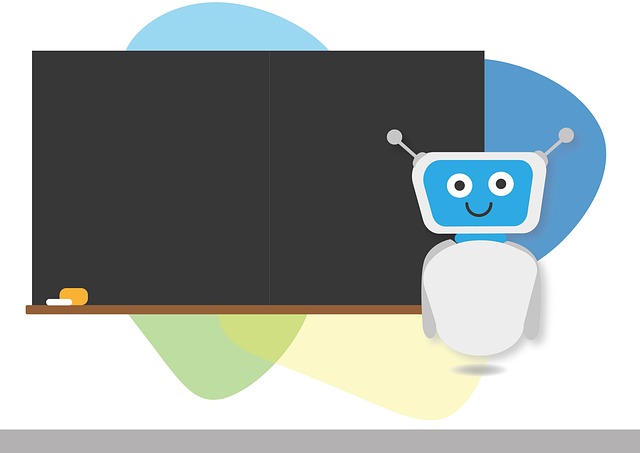
The Rise of Technology Etiquette: Social Trends in Digitalization Applications
The digital age has revolutionized the way we communicate, share information, and perform day-to-day activities. As technology continues to evolve, so does the need for proper conduct in these digital spaces. This emergence of technology etiquette, or netiquette, reflects a growing awareness of how our interactions in digital environments, often facilitated by various applications, can significantly impact our personal and professional relationships.
In today’s fast-paced world, social trends reveal that technology etiquette is becoming increasingly important, influencing everything from business communications to personal interactions. For instance, a well-timed emoji in a message can convey friendliness, while an ignored message can create misunderstandings. This delicate balance highlights the necessity for individuals to be conscious of their behavior on these platforms. Applications that promote communication, such as social networking sites and messaging apps, have transformed the way we express ourselves but also demand a level of respect and awareness that wasn’t as crucial in face-to-face interactions.
One notable trend is the rise of video conferencing applications, which have surged in popularity, especially during the pandemic. These platforms have not only made remote work possible but have also necessitated a new set of social norms. For example, the expectation of having a clean background or dressing appropriately in virtual meetings speaks to the evolving nature of professionalism in a digital context. Openly referencing someone else’s background can either foster a more comfortable atmosphere or lead to discomfort. Therefore, understanding technology etiquette in this realm is imperative for maintaining decorum and mutual respect.
The impact of technology etiquette extends beyond simple communication. It plays a critical role in enhancing workplace culture and promoting inclusivity. Trends indicate that companies are increasingly investing in training their employees on digital communication best practices, recognizing that clear and respectful exchanges can lead to improved collaboration and productivity. Applications like collaboration tools and project management software often incorporate feedback mechanisms that encourage and foster a culture of respect and accountability. By adhering to these etiquette principles, teams can navigate the complexities of remote communication while fostering a sense of belonging.
Moreover, as digital platforms become more accessible, diverse interactions are built around them. This surge in technological interaction has illuminated discrepancies in behavior across different cultures and demographics, creating a rich ground for discussions on etiquette. Emerging social trends are steering the importance of understanding and respecting these distinctions. In essence, a more globalized digital landscape invites a flexible approach to etiquette, where traditional social norms may shift or adapt to enhance mutual understanding and respect.
Interestingly, as technology continues to advance, so will the conversation around etiquette in digital spaces. Applications will become even more integrated into our daily lives, influencing how we interact with one another. This phenomenon compels individuals to be more discerning in their online behavior, as the repercussions of digital communication can have lasting effects. By embracing technology etiquette, we engage more responsibly and thoughtfully in a world that thrives on digitalization.



